Thanks to open standard consortiums such as the ORANAlliance, an open ecosystem of disaggregated and interchangeable components is now available. Network equipment providers are now able to commoditize hardware and […]
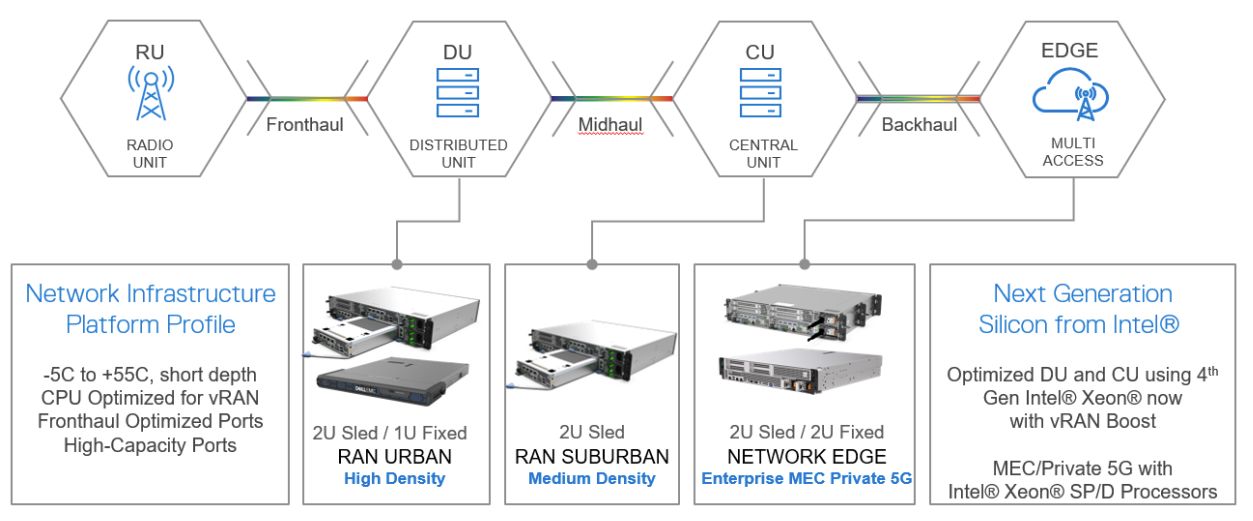
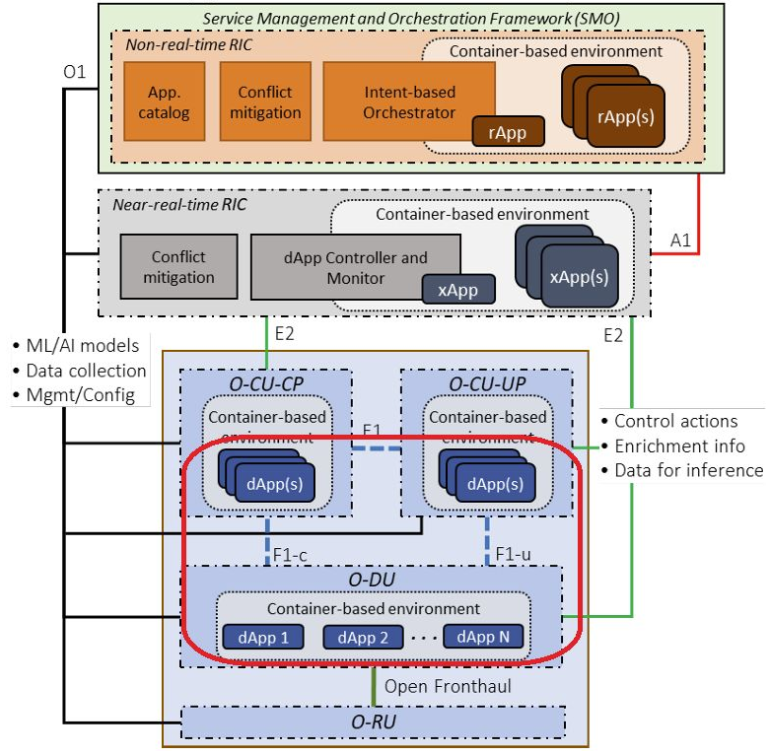
As you may know, there are two main components to RIC or RAN Intelligent Controllers (RICs) as below: Closed-loop control running at time scales of 10ms to 1s (Near-Real-Time, or […]
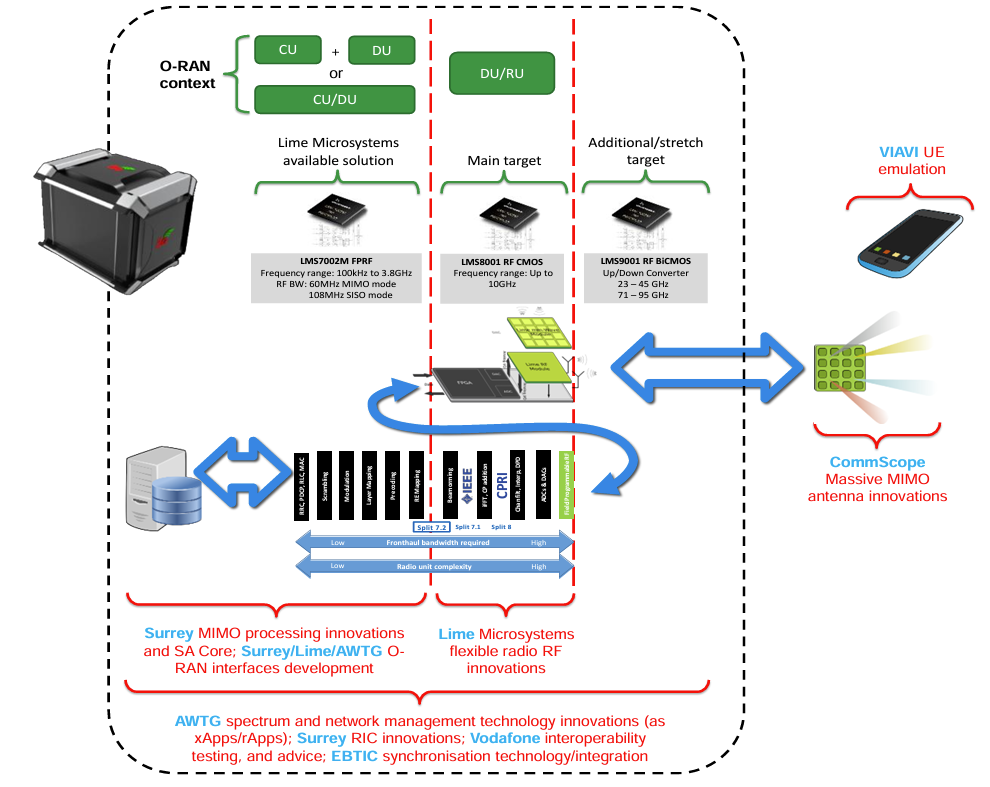
Let’s check the main highlights if you don’t know about this big project. The main focus of this project is creating an End-to-end Open RAN compliant, UK-developed 5G SA network. […]

3GPP defined the functional splits in 38.801 to formalize potential protocol split options. Functional splits are intended to allow functions to run in a central location ( ex. Data Center […]
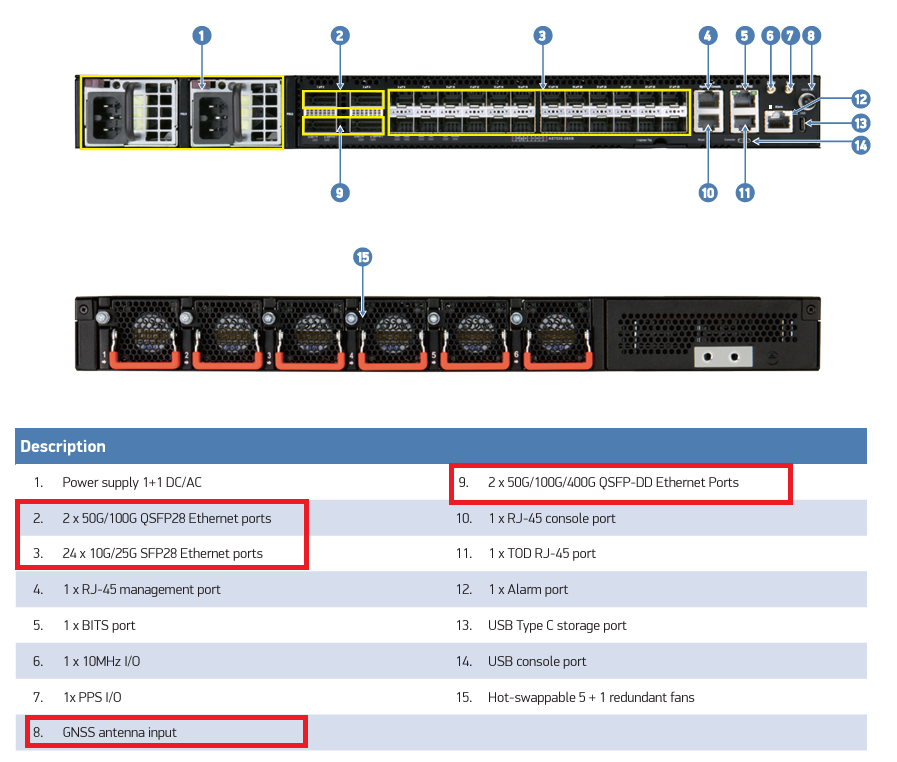
An Open RAN (O-RAN) is a nonproprietary implementation of a RAN that allows interoperability between cellular network equipment provided by different vendors. Mobile Network Operators (MNOs) are virtualizing the RAN […]

Going from expectations to reality means Open RAN is on the right road to go from reality to expectations. It’ll take some time and needs more cooperation between MNOs and […]

As we know that RAN, Radio Access Network, is divided into two main components: -> Baseband Unit (BBU). -> Radio Unit (RU). The move from D-RAN to C-RAN then v-RAN […]

The increase in data rates in 5G makes it impractical to continue with the conventional CPRI fronthaul implementation. Moving towards a higher layer split would relax the latency and bandwidth […]
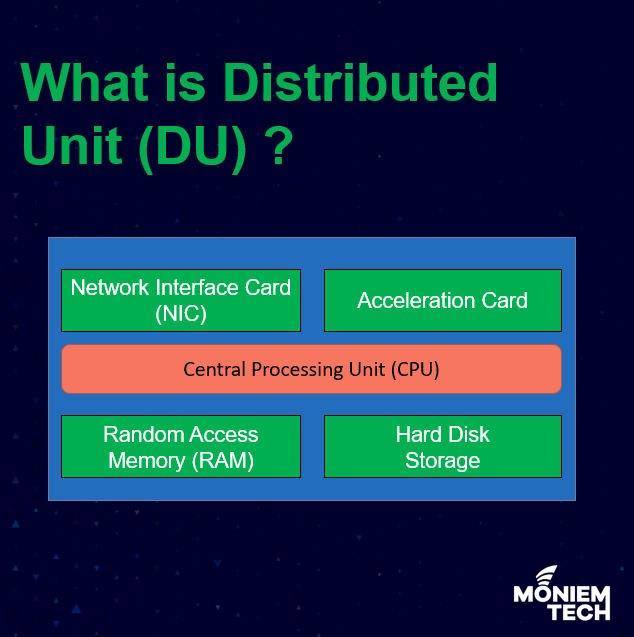
3GPP defined a new RAN architectural in Release 15, where the gNB (Site Name for 5G) is logically split into three entities denoted as: CU: Centralized Unit. DU: Distributed Unit. […]
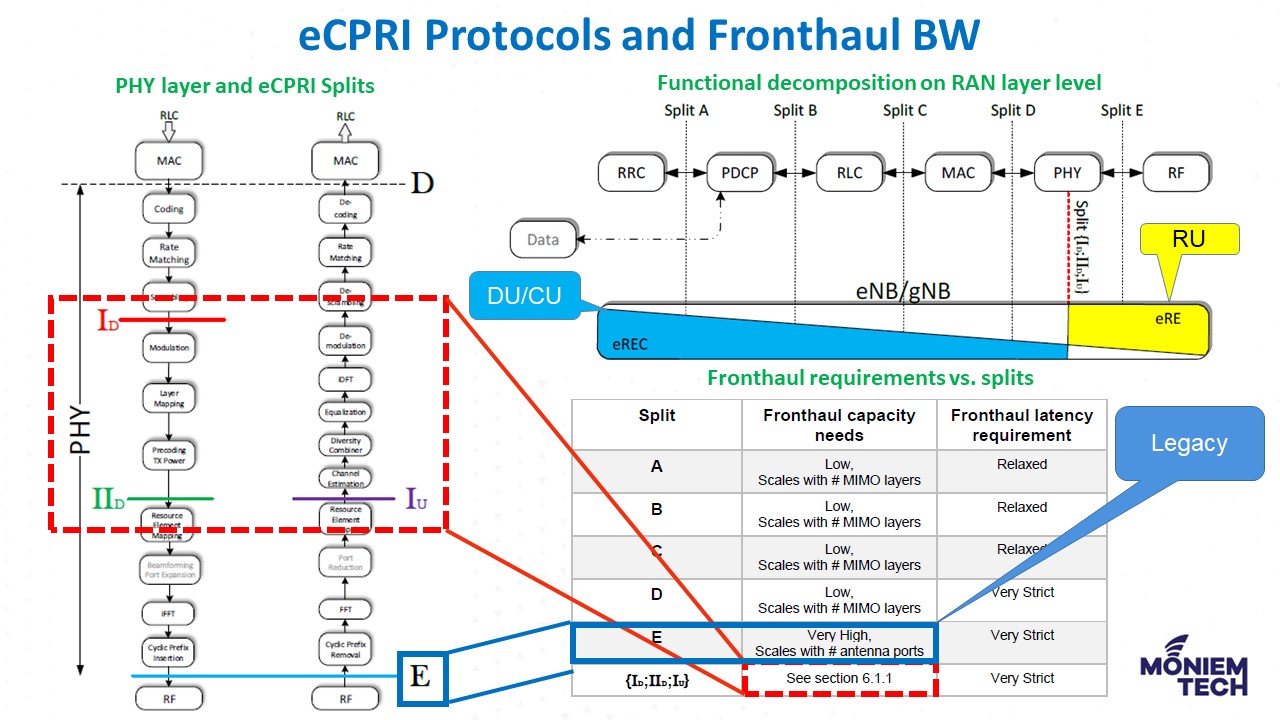
? CPRI is standardized by the Common Public Radio Interface forum with the first specification in 2003 with some features It is based on functional split 8 (Split E in […]
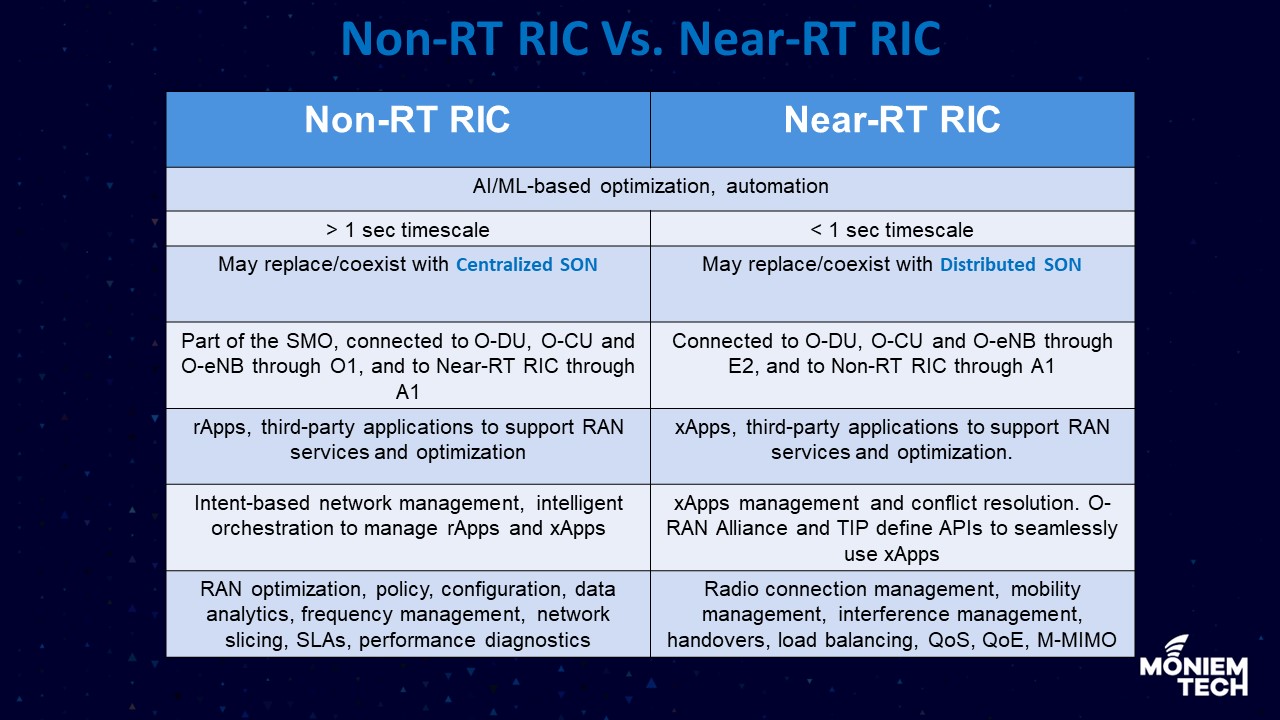
The RAN intelligent Controller (RIC) is cloud-native, and a central component of an open and virtualized RAN network. The RIC aligns with 3GPP release 15 and beyond. It is foundational […]
